Hello everyone in the Amazing Nature Community. It's been a while since I last posted here. I have a personal series called My Plant Of The Week which I regularly posted but for one reason or another had to put on hold. Some work related challenges have taken a considerable Hive time from my schedule. In the past 3 months or so I was lucky to do three posts a week! Recently it seems I have adjusted to my work routine and now have the time to revive this personal series. Hopefully you will all follow and enjoy it.
For this week I will feature a type of plant I saw in one of the stalls in a Flower and Plant Market here in our city. It has become quite a popular plant lately with a Russian friend even saying that she saw this plant in a coffee shop she regularly goes to. Wow! That makes it practically worldwide, from my country Philippines to Russia.
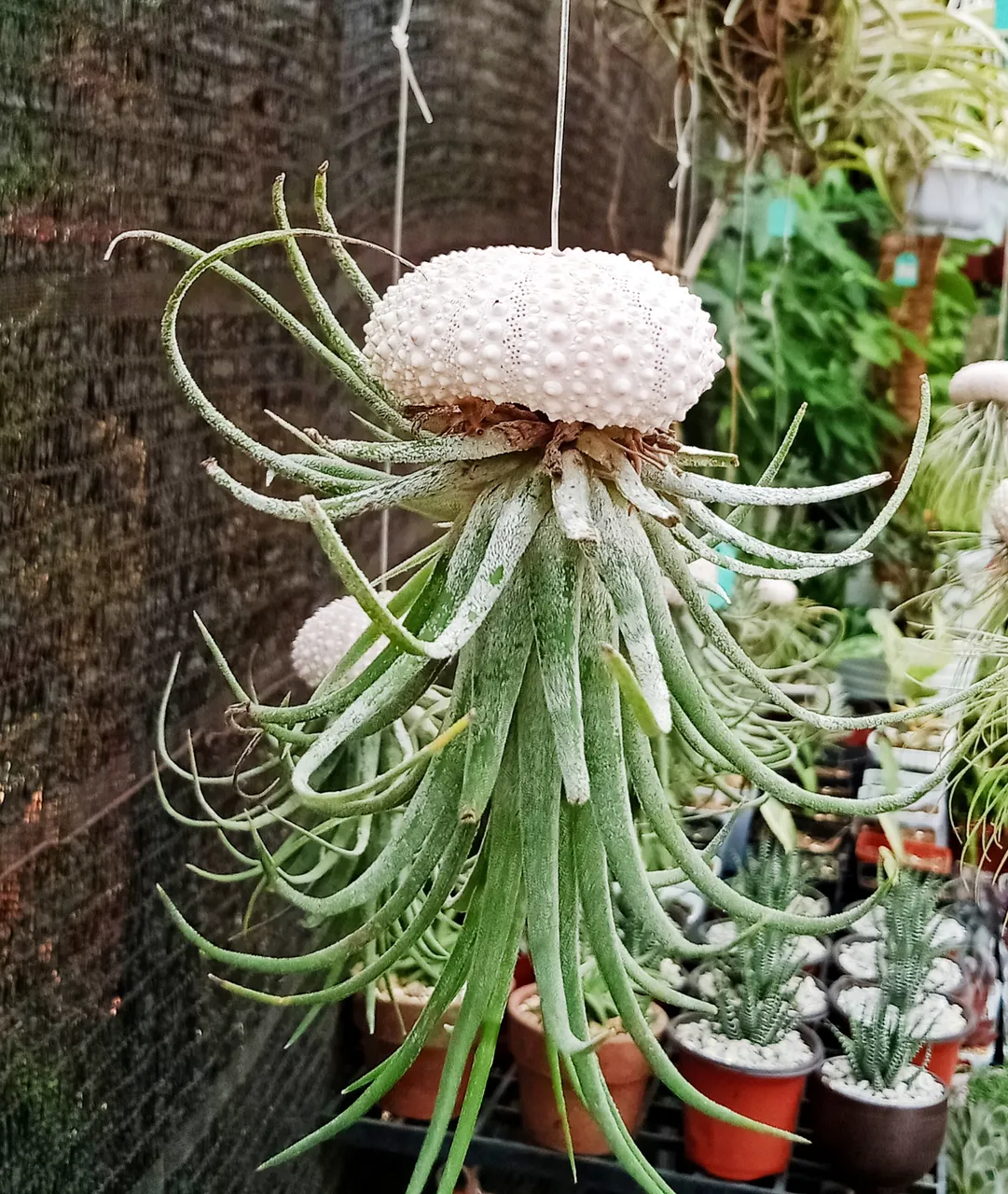
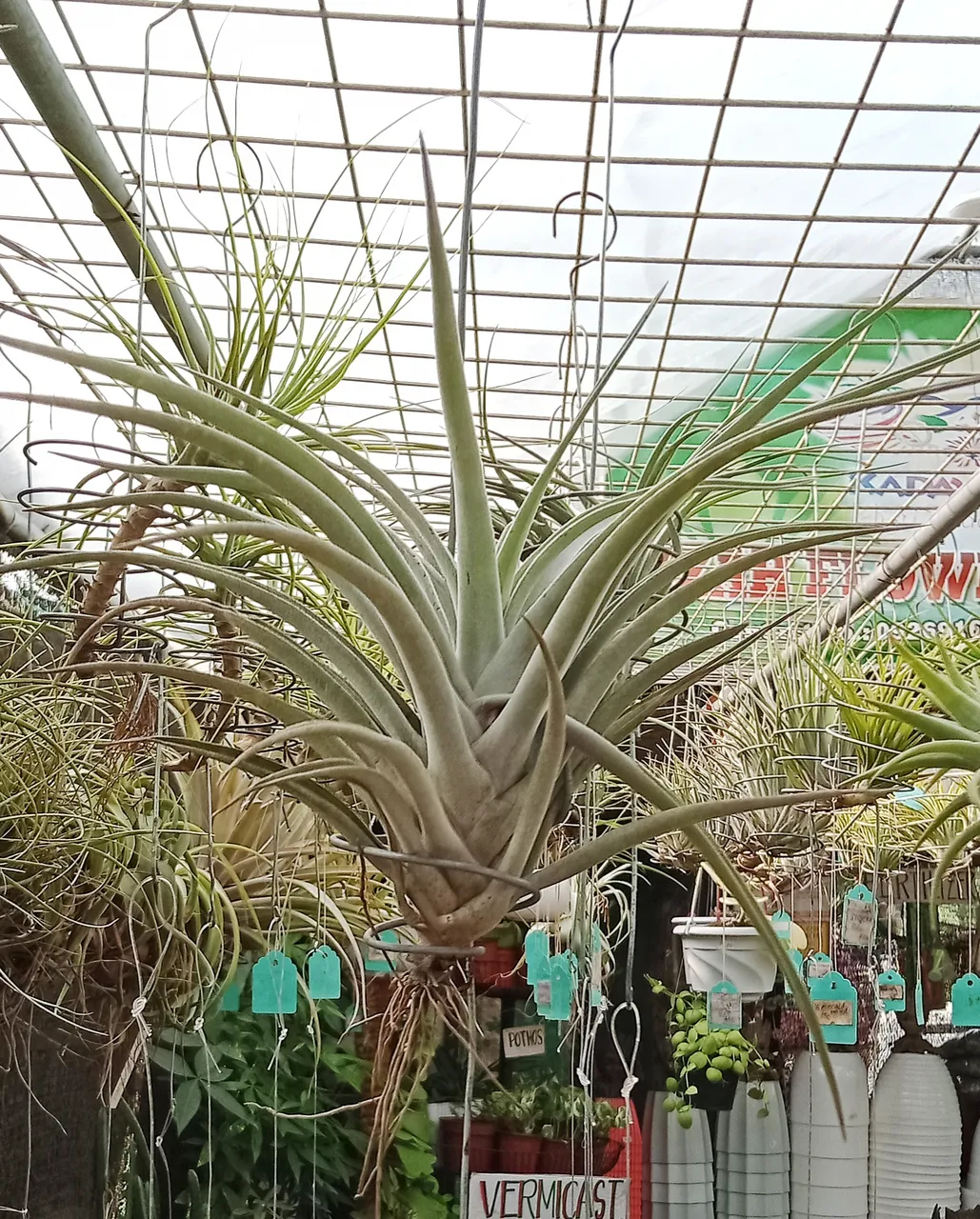
This type of plant is called air plant or Tillandsia.
Tillandsia is a genus of around 650 species of evergreen, perennial flowering plants in the family Bromeliaceae. It is native to the forests, mountains and deserts of northern Mexico and south-eastern United States, Mesoamerica and the Caribbean to mid Argentina. Wikipedia
Air plants are epiphytes, meaning that in nature they grow on other plants, usually on tree branches. However, Tillandsias feed on their own and are not parasitic plants. This makes it possible for them to be grown on other media not only tree branches. They can survive on wires, stones, wood or other materials that can support them. As mentioned above there are about 650 species and varieties of air plants. But there is one characteristic that separates them into two major groups. It's foliage. There are the green foliage type called Mesophyte Tillandsias and the grey (or sometimes white or bluish) foliage type called Xerophyte Tillandsias.
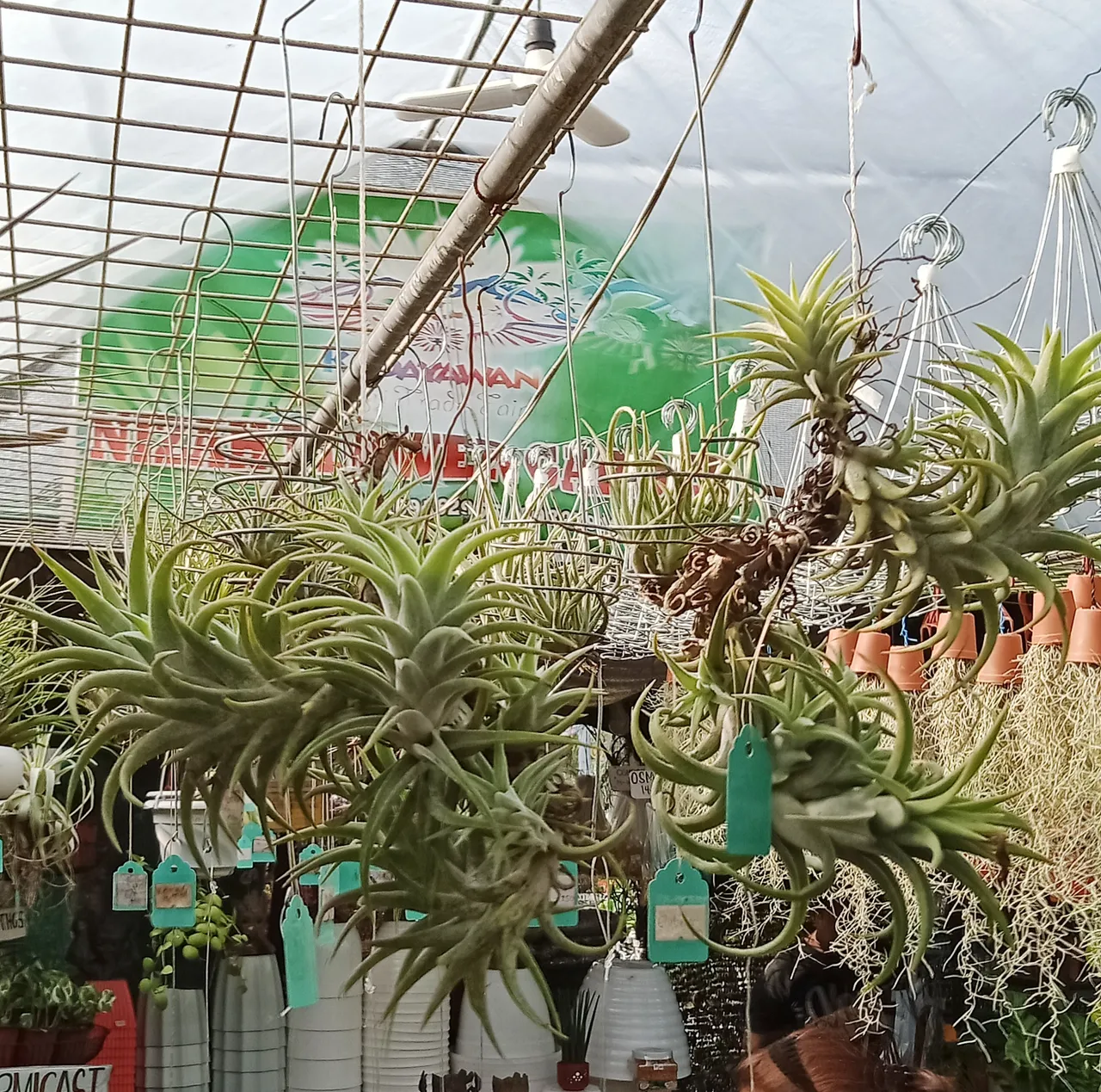
Air plants are very special the way they can grow just in air. No soil at all required. Their leaves can look a bit like alien arms or like the tentacles of a sea creature. They usually have strap-shape or slender triangle-shape leaves that grow in a rosette pattern with new growth appearing from the center. From my perspective the leaves kind of remind me of pineapple crowns or tops. See photo below.
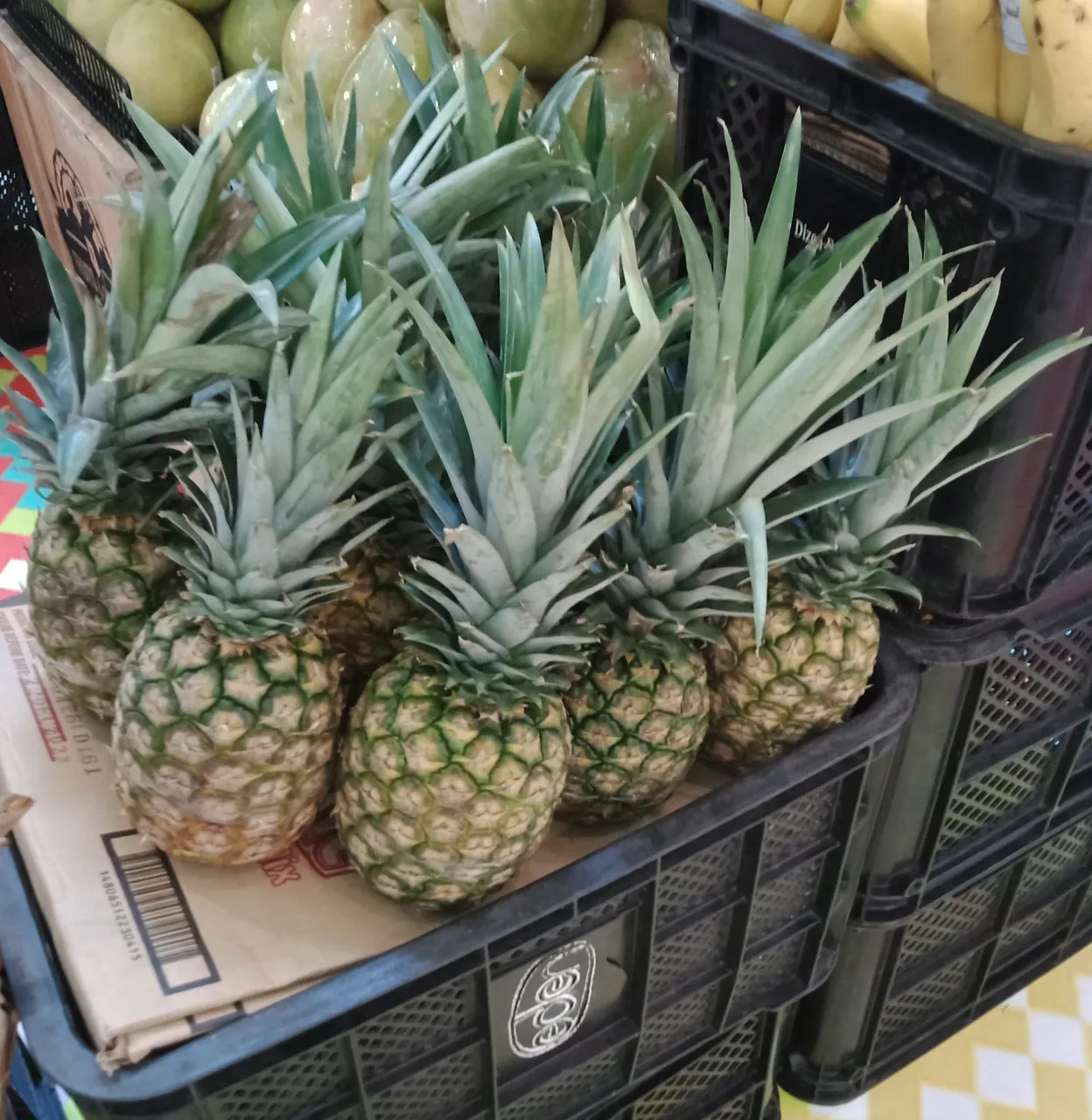
Air plants have become quite popular over the last few years, appearing in just about any garden center or in cafes and coffee shops as far as Europe. There are plenty of online nurseries specializing in air plants, particularly the more unusual types. I wouldn't be surprised if my good friend @ewkaw has one or more of the unusual kind 😄.
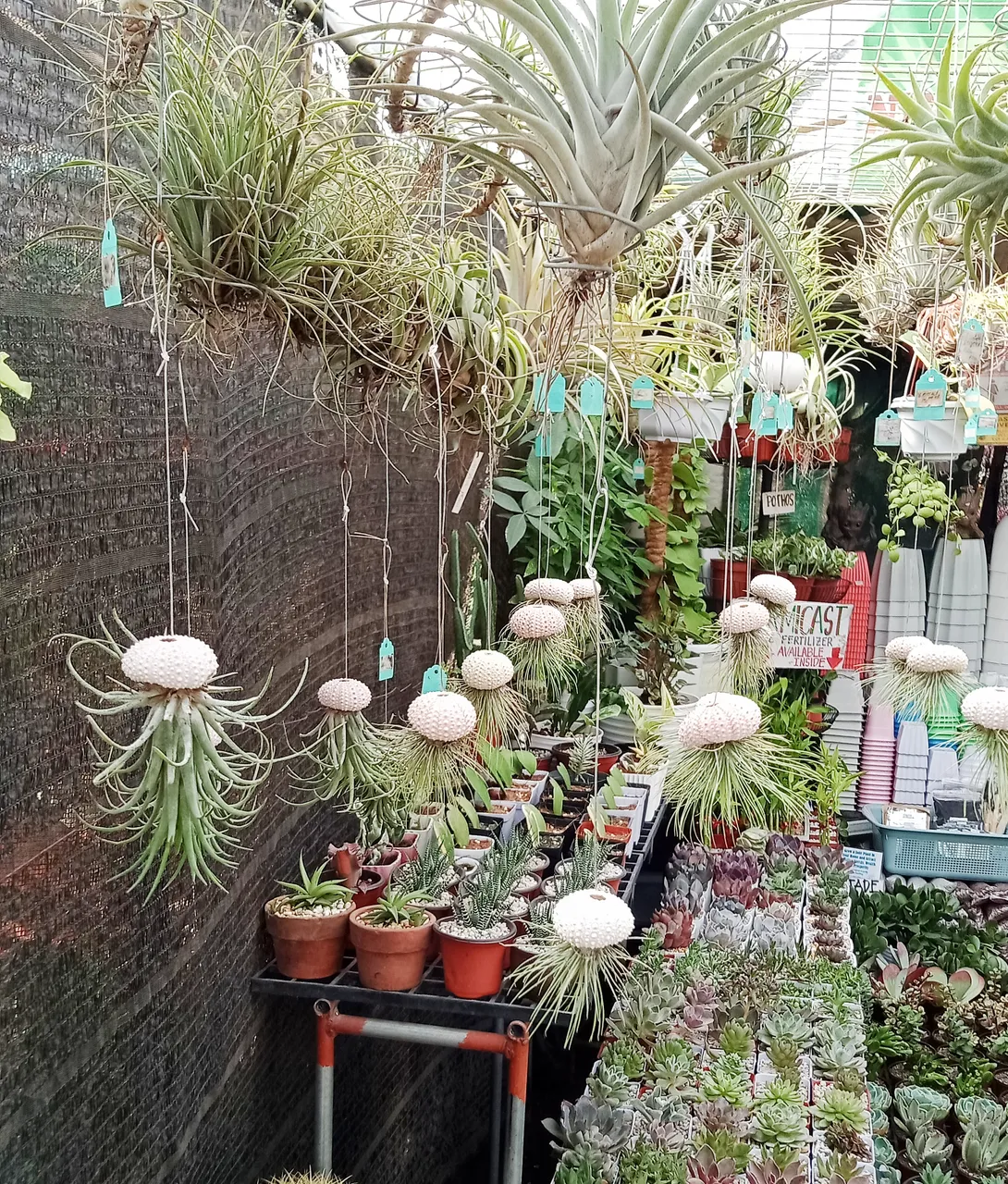
Plant care is if course a little different from plants growing in soil. Air plants usually get their water requirements from the air, itself. So if one is in a humid environment, like the one I am in, these plants will easily thrive. Watering these plants is done about once a week or two weeks for some species. Soak the plant in a jar or any container of water for about 30 minutes. Shake off excess water afterwards and dry with a towel. Then put them back in their usual place. No direct sunlight and temperatures below 49 degrees.
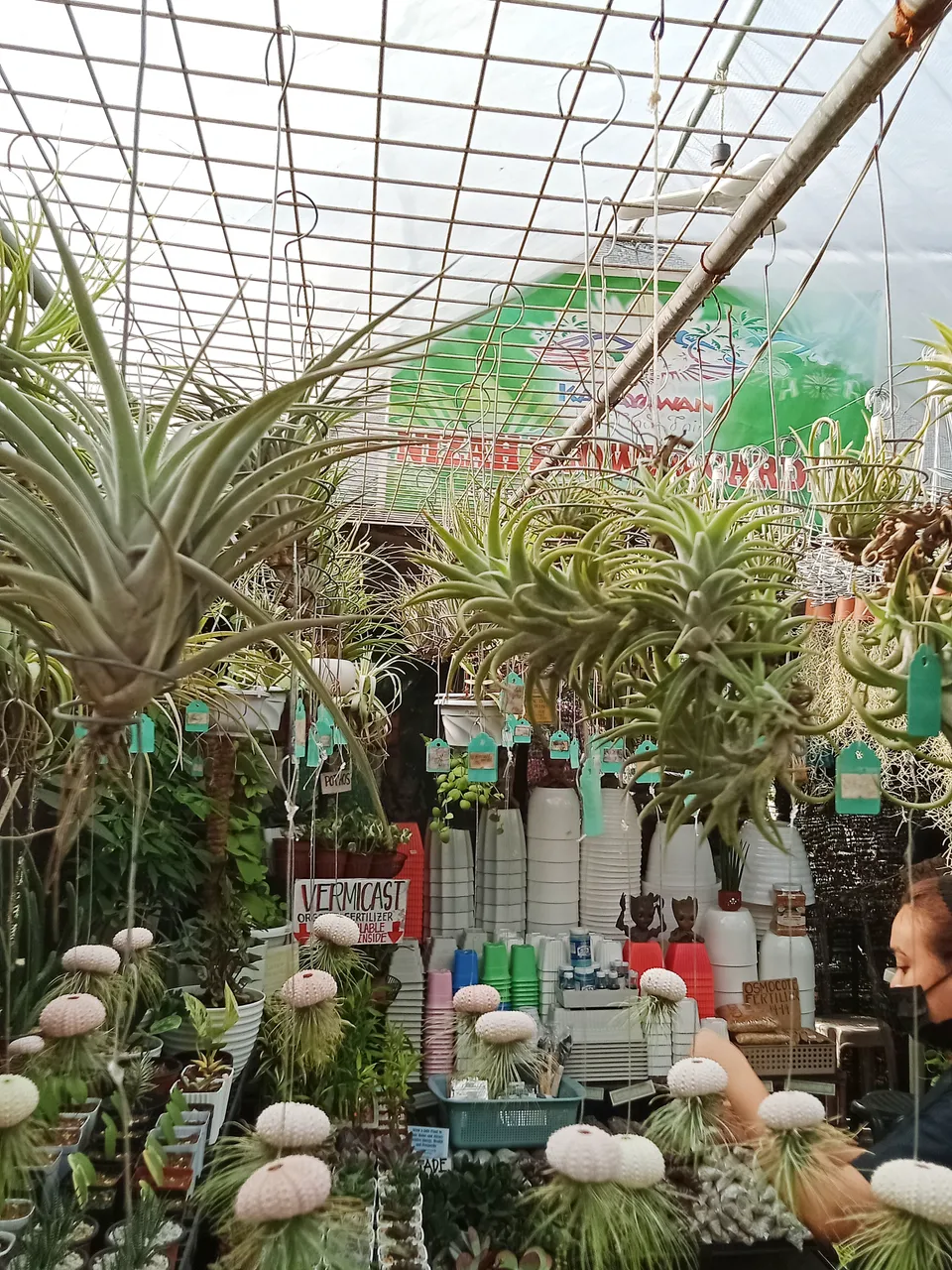
Do you know air plants are also perfect plants to display in the bedroom because they photosynthesize at night? So while you are sleeping, they emit fresh oxygen into the air. Being among plants can also help reduce stress, lower blood pressure, and improve focus at home or work.
Beauty and functionality. What could be better?
And that's it for this post. I hope you enjoyed it. Keep safe and healthy and I look forward to seeing you all again in the coming episodes of this personal series.
(All photos are mine.)
